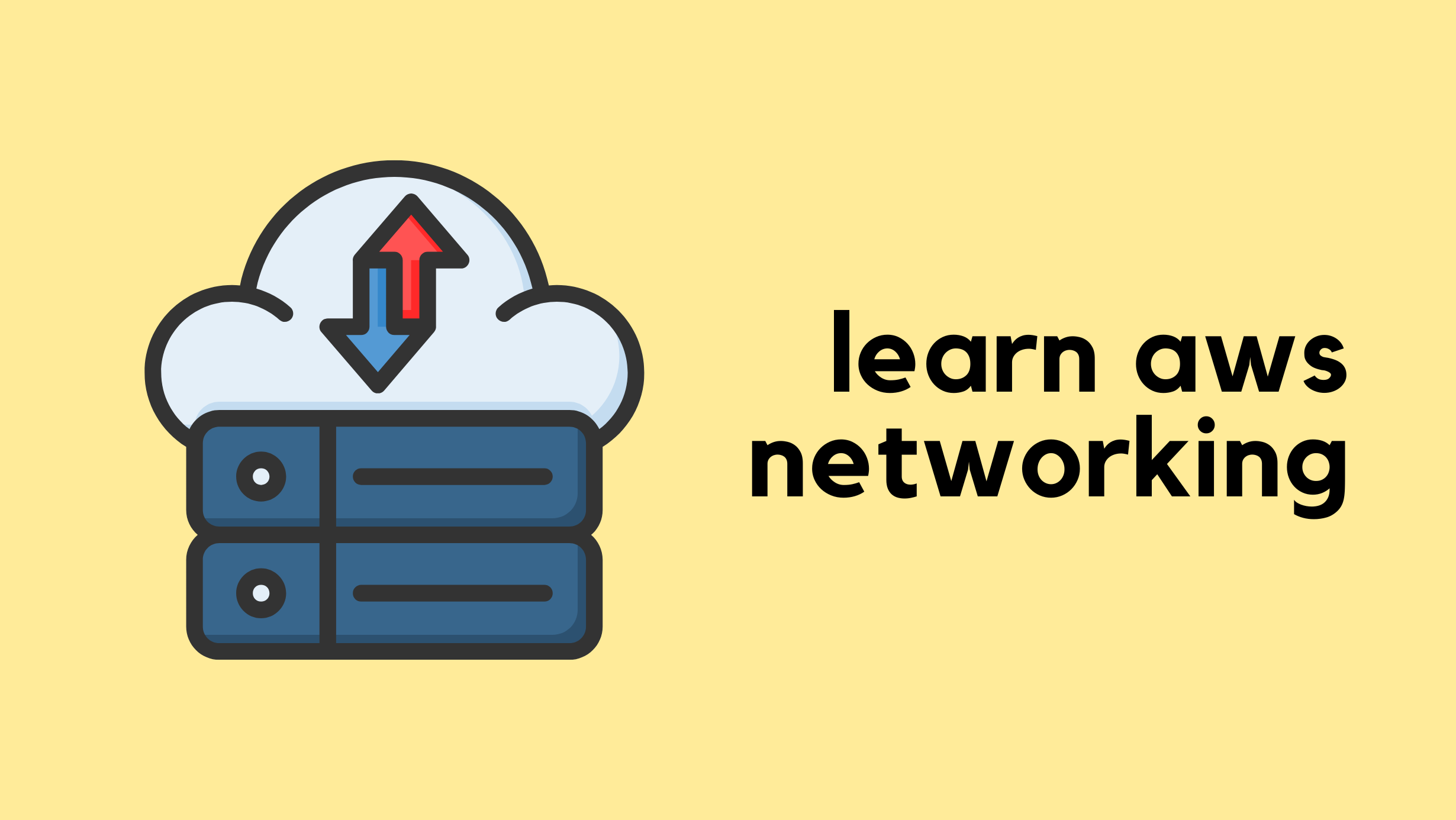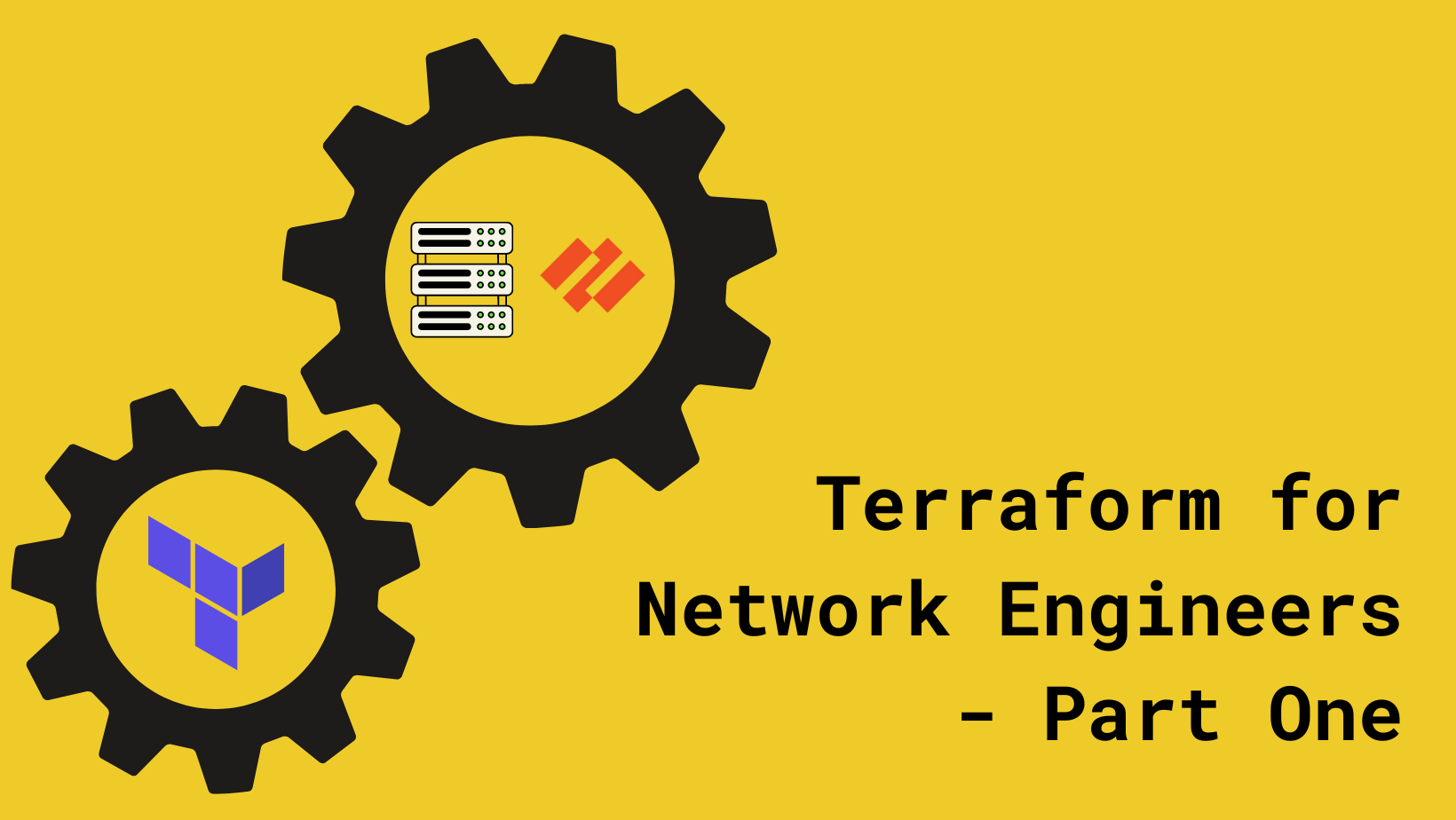The Keynote Answers You Expect

Good morning! How are you?
I’d like to talk about keynotes, again. You know, one of my favorite subjects. I’ve been watching them intently for the past few years just hoping that we’re going to see something different. As a technical analyst and practitioner I love to see and hear the details behind the technology that drive the way our IT companies develop. Yet every year I feel more and more disappointed by the way that keynotes take everything and push it into the stratosphere to get an 80,000 foot view of the technology. It’s almost like the keynotes aren’t written for practitioners. Why? The answer lies in the statement at the top of this post.
Perfunctory Performances
When most people ask someone how their day is going they’re not actually looking for a real response. They most certainly aren’t asking for details on how exactly the person’s day is going. They’re usually looking for one of two things:
- It’s going great.
- It could be better.
Any more than that drags someone down into a conversation that they don’t want to have. Asking someone about their day is a polite way of acknowledging them and making a bit of small Continue reading













